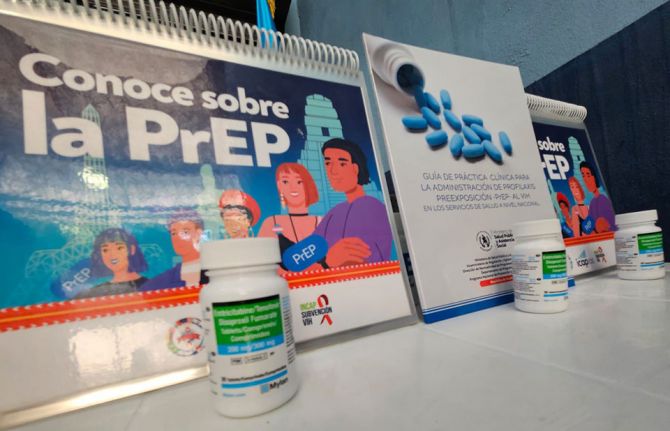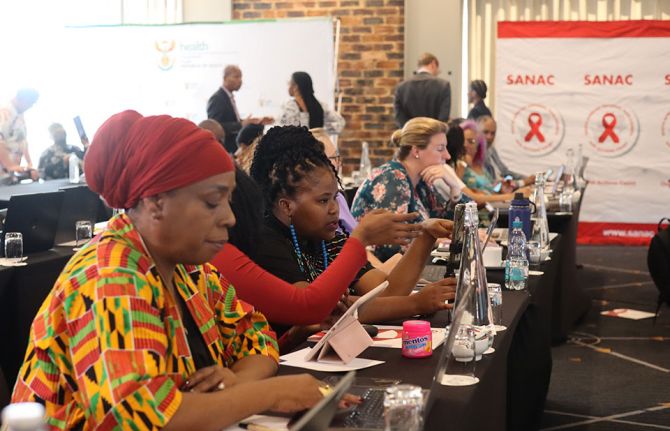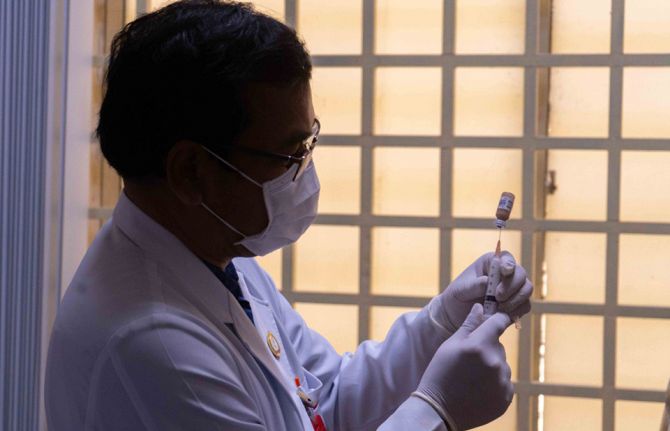
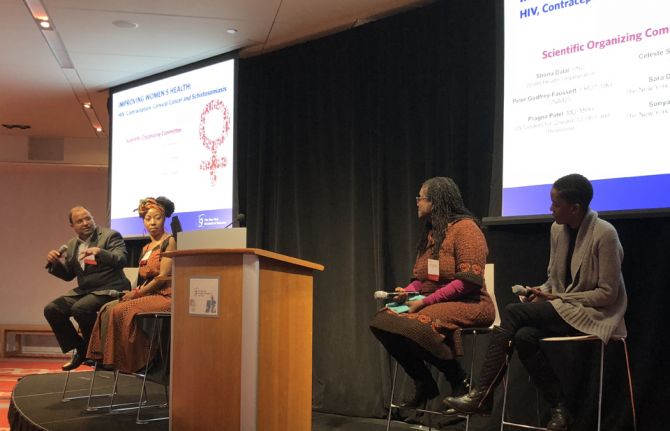
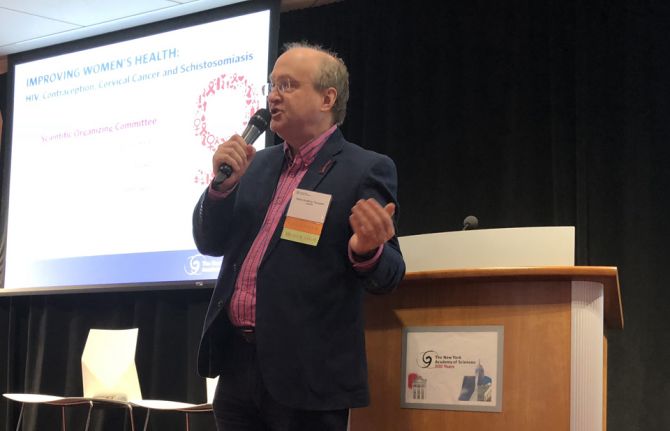
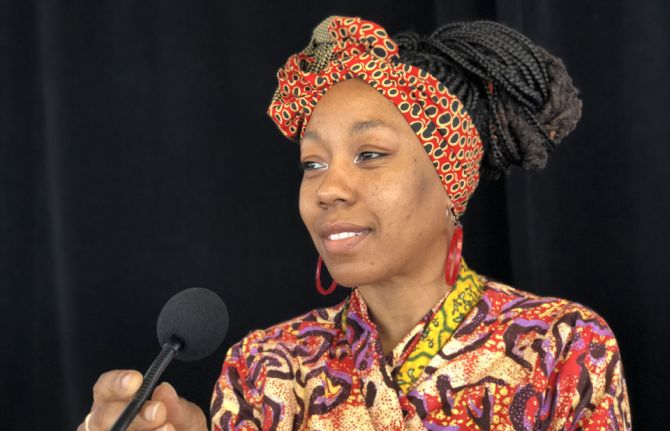
Feature Story
The need for a holistic approach to women and HIV
16 March 2018
16 March 2018 16 March 2018It has long been recognized that the response to HIV can’t exist in isolation, but must be integrated within a broader health and development agenda. A daylong event set out to understand better how three areas critical to women living with HIV—cervical cancer, hormonal contraception and female genital schistosomiasis (FGS)—intersect.
The importance of taking a holistic approach to girls and women and their sexual and reproductive health and rights was a central theme of the event. Held on the sidelines of the 62nd session of the Commission on the Status of Women, the event highlighted the possibilities of recent technological and medical advances to improve women’s health.
Setting the scene, Ebony Johnson, from the Global Coalition on Women and AIDS, said, “Too often women are unheard, forgotten, underserved, improperly researched—I invite and implore you to go in a new direction so that change truly comes.”
Women living with HIV are more likely to have the human papillomavirus (HPV) and are five times more likely to develop cervical cancer, which kills approximately 250 000 women each year. To emphasize the scale of the problem, Vikrant Sahasrabuddhe, of the National Cancer Institute, United States National Institutes of Health, noted that, “In the past 20 minutes of the presentation, 20 women were newly diagnosed with cervical cancer and 10 women died from cervical cancer.”
A disease that mostly affects low- and middle-income countries, where 90% of all new diagnoses and deaths occur, cervical cancer is, however, preventable through the HPV vaccine and treatable if diagnosed early.
New technology has been developed to screen women for HPV DNA or tell-tale proteins that are the signs of cervical cancer. And new tools are allowing early treatment even in clinics with limited resources. The event heard how global partnerships, including the United Nations Joint Global Programme on Cervical Cancer Prevention and Control, which UNAIDS is a part of, are committed to reducing the burden of disease, and how national HIV programmes are at the forefront of efforts to roll-out these new services to women living with HIV in order to lessen the toll that cervical cancer continues to take worldwide.
While giving women the opportunity to control how many children they have, and when, concern has been raised about long-lasting injections of a progestogen, specifically depot medroxyprogesterone acetate (DMPA). Studies have suggested that DMPA may be associated with an increased risk of HIV acquisition. Currently, more than 150 million women worldwide use hormonal contraception and there is a high proportion of women using injectable hormonal contraception in sub-Saharan Africa, where there is also high HIV incidence.
A large-scale trial—the Evidence for Contraceptive Options and HIV Outcomes (ECHO) study—which is hoped to settle the uncertainty of DMPA use and HIV risk association, is ongoing. The difficult decisions that will need to be made should the study confirm the elevated risk for HIV from the use of DMPA were discussed by the participants —the decisions will clearly have to be balanced against the known benefits of a highly effective contraceptive and will affect millions of users.
“Both HIV and unintended pregnancy remain global health priorities. As we discover the potential risk of hormonal injectable contraceptives for HIV acquisition, women need accurate information to be able to exercise informed contraceptive choices,” said Nelly Rwamba Mugo, from the Kenya Medical Research Institute.
FGS, also known as bilharzia, is a disease that is often neglected, but affects some 55 million girls and women. With FGS, bleeding during sex results from lesions in the vaginal walls and ulcers in the cervix. These lesions put women who live with FGS at a higher risk of contracting HIV. However, cheap and effective treatment in childhood of girls who are infected with the parasite that causes FGS can stop its development later in life.
“Genital inflammation increases the risk of HIV acquisition. We need more research on coinfections, treatment of schistosomiasis and related HIV prevention strategies to help form policies that protect women’s health,” said Pragna Patel, from the United States Centers for Disease Control and Prevention.
How to scale up treatment and prevention options, and how to ensure synergy between HIV programmes and schistosomiasis control programmes in a country, were key areas of focus during the day’s discussions.
Throughout the day, how to integrate rights, services and HIV was a recurrent theme. Speakers from UNAIDS, the World Health Organization, research centres and hospitals stressed the need to seek out synergies and collaborate in order to build a cross-cutting AIDS response.
“The symposium provided a great opportunity for a wide range of people, from community activists to laboratory scientists and from young students to scientists and experienced policy-makers, to share and discuss their breadth of perspectives,” said Peter Godfrey-Faussett, Senior Adviser, Science, at UNAIDS.
The event, Improving Women’s Health: HIV, Contraception, Cervical Cancer and Schistosomiasis, was held on 15 March at the New York Academy of Sciences in New York, United States of America.

